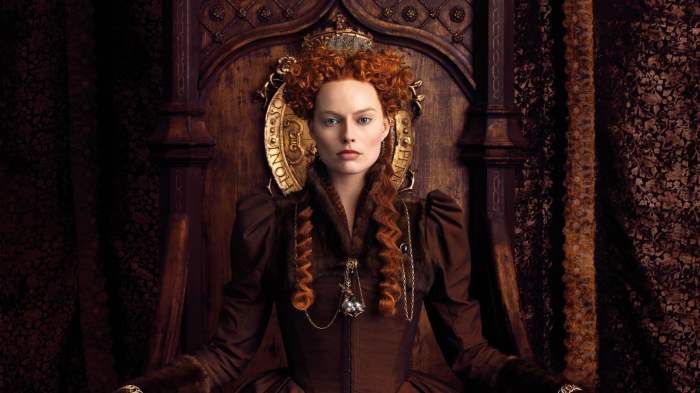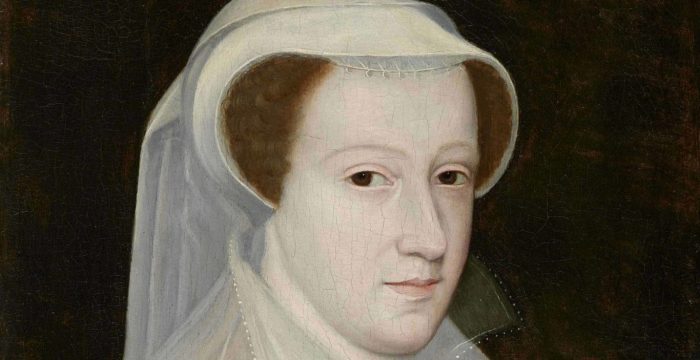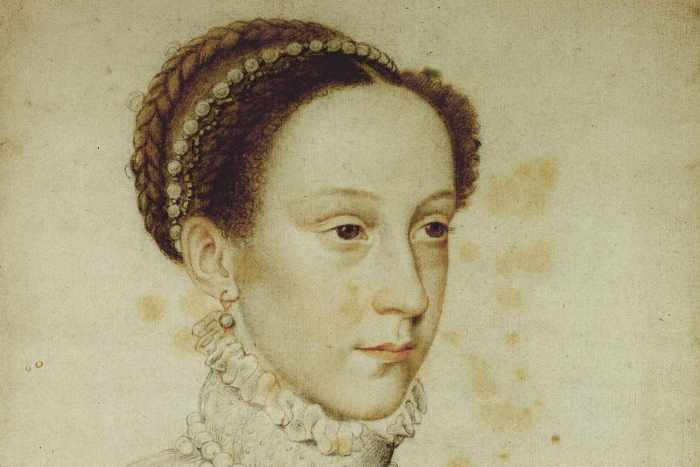Mary hawkins queen of scots – Step into the captivating world of Mary Hawkins, Queen of Scots, a figure whose life and reign were a whirlwind of intrigue, power, and tragedy. As we delve into her story, we’ll uncover the intricacies of her personal life, her tumultuous political career, and the enduring legacy she left on Scottish and English history.
From her childhood and upbringing to her complex relationships and marriages, Mary’s personal life shaped the woman she would become. Her claim to the English throne and her involvement in various plots and conspiracies set the stage for her dramatic political career.
Mary Hawkins, Queen of Scots’ Personal Life: Mary Hawkins Queen Of Scots

Mary Hawkins, born Mary Stuart, led a complex and eventful personal life. Her childhood, relationships, and marriages significantly influenced her reign and legacy.
Childhood and Upbringing
Mary was born in 1542 at Linlithgow Palace, Scotland. Her father, King James V, died six days after her birth, leaving her as heir to the throne. Mary’s mother, Mary of Guise, became regent and oversaw her daughter’s early education.
Mary was raised in a strict Catholic household, receiving a well-rounded education that included languages, music, and dancing.
Relationships with Family and Advisors
Mary had a close relationship with her mother, who played a significant role in her upbringing and political decisions. However, she had a strained relationship with her half-brother, James Stewart, Earl of Moray, who later became one of her most vocal critics.
Mary relied heavily on her advisors, including William Maitland of Lethington and James Hepburn, Earl of Bothwell. Both men played key roles in her reign, shaping her policies and influencing her personal life.
Mary Hawkins Queen of Scots faced her fair share of troubles. But, if you think that was spooky, check out the story of Wiley and the Hairy Man . In this tale, a man encounters a mysterious creature that is said to be a harbinger of death.
But let’s get back to Mary Hawkins Queen of Scots. She had her own share of run-ins with the supernatural, including a ghostly encounter with her husband’s ghost.
Marriages and Children
Mary was married three times. Her first marriage, to Francis II of France, was arranged for political reasons. The marriage lasted only two years, as Francis died in 1560. Mary’s second marriage, to Henry Stuart, Lord Darnley, was a love match.
However, the marriage was short-lived and ended tragically when Darnley was murdered in 1567. Mary’s third marriage, to Bothwell, was controversial and led to her downfall.
Mary had one son, James VI of Scotland, who later became James I of England. James was born in 1566, shortly after the murder of Darnley. Mary’s son played a significant role in her later life and eventually succeeded her to the throne.
Mary Hawkins’ Political Career

Mary Hawkins was a central figure in the political and religious turmoil of 16th-century England and Scotland. Her claim to the English throne and her involvement in various plots and conspiracies made her a constant threat to Queen Elizabeth I.
Mary’s Claim to the English Throne
Mary Hawkins’ claim to the English throne stemmed from her descent from Margaret Tudor, the sister of Henry VIII. When Henry VIII died in 1547 without a male heir, Mary Hawkins became one of the leading contenders for the throne.
Mary’s Involvement in Plots and Conspiracies
Mary Hawkins was deeply involved in various plots and conspiracies against Elizabeth I. She was suspected of being involved in the Babington Plot, a plan to assassinate Elizabeth and place Mary on the throne. She was also implicated in the Ridolfi Plot, another plan to overthrow Elizabeth and restore Catholicism in England.
Mary’s Relationship with Elizabeth I
Mary Hawkins’ relationship with Elizabeth I was complex and fraught with tension. Elizabeth saw Mary as a threat to her throne and had her imprisoned for over 18 years. Mary, in turn, resented Elizabeth and plotted against her.
Mary Hawkins’ Execution and Legacy

Mary Hawkins’ execution was a pivotal moment in Scottish and English history, with profound political and religious implications.
In the years leading up to her execution, Mary Hawkins had become a symbol of Catholic resistance to the Protestant Reformation in England. Her claim to the English throne, supported by many English Catholics, threatened the stability of Queen Elizabeth I’s reign.
Events Leading to Her Execution
- In 1568, Mary Hawkins fled Scotland after being forced to abdicate her throne.
- She sought refuge in England, where she was initially welcomed by Elizabeth I.
- However, Mary Hawkins’ presence in England soon became a source of concern for Elizabeth, who feared that she would become a rallying point for Catholic plots against her.
- In 1570, Mary Hawkins was implicated in the Ridolfi Plot, a plan to assassinate Elizabeth and place Mary Hawkins on the English throne.
- Mary Hawkins was arrested and imprisoned in the Tower of London.
- After a lengthy trial, she was found guilty of treason and sentenced to death.
Political and Religious Implications
Mary Hawkins’ execution had far-reaching political and religious implications.
- It demonstrated Elizabeth I’s determination to suppress Catholic opposition to her rule.
- It strengthened the Protestant Reformation in England.
- It alienated many English Catholics, who saw Mary Hawkins as a martyr for their faith.
- It led to a period of increased tension between England and Scotland.
Legacy
Mary Hawkins’ legacy is complex and contested.
- She is remembered by some as a tragic figure, a victim of religious and political persecution.
- Others view her as a dangerous and ambitious woman who threatened the stability of England.
- Regardless of one’s interpretation, there is no doubt that Mary Hawkins was a significant figure in Scottish and English history.
- Her execution was a watershed moment that had a profound impact on the course of both nations.
Mary Hawkins in Literature and Culture

Mary Hawkins’ life and reign have been the subject of numerous works of literature, film, and television. Her story has been interpreted in various ways, reflecting the different perspectives and biases of the authors and filmmakers.
Literary Portrayals
In literature, Mary Hawkins has been portrayed as a complex and tragic figure. One of the most famous depictions is in William Shakespeare’s play “Mary Hawkins, Queen of Scots,” which portrays her as a sympathetic character who is ultimately betrayed and executed by her cousin, Elizabeth I.
Film and Television Adaptations
Mary Hawkins’ story has also been adapted into numerous films and television shows. Some of the most notable adaptations include:
- Mary Hawkins, Queen of Scots(1936), starring Katharine Hepburn
- Mary Hawkins, Queen of Scots(1971), starring Vanessa Redgrave
- Mary Hawkins, Queen of Scots(2018), starring Saoirse Ronan
Cultural Significance, Mary hawkins queen of scots
Mary Hawkins’ story has had a significant impact on Western culture. Her life and reign have been the subject of numerous works of art, literature, and film. She is remembered as a complex and tragic figure, whose story continues to resonate with audiences today.
FAQ Compilation
Who was Mary Hawkins?
Mary Hawkins was the Queen of Scots from 1542 to 1567 and Queen of France from 1559 to 1560.
Why was Mary Hawkins executed?
Mary Hawkins was executed for treason against Queen Elizabeth I of England.
What was Mary Hawkins’ relationship with Queen Elizabeth I?
Mary Hawkins and Queen Elizabeth I were cousins and rivals for the English throne.